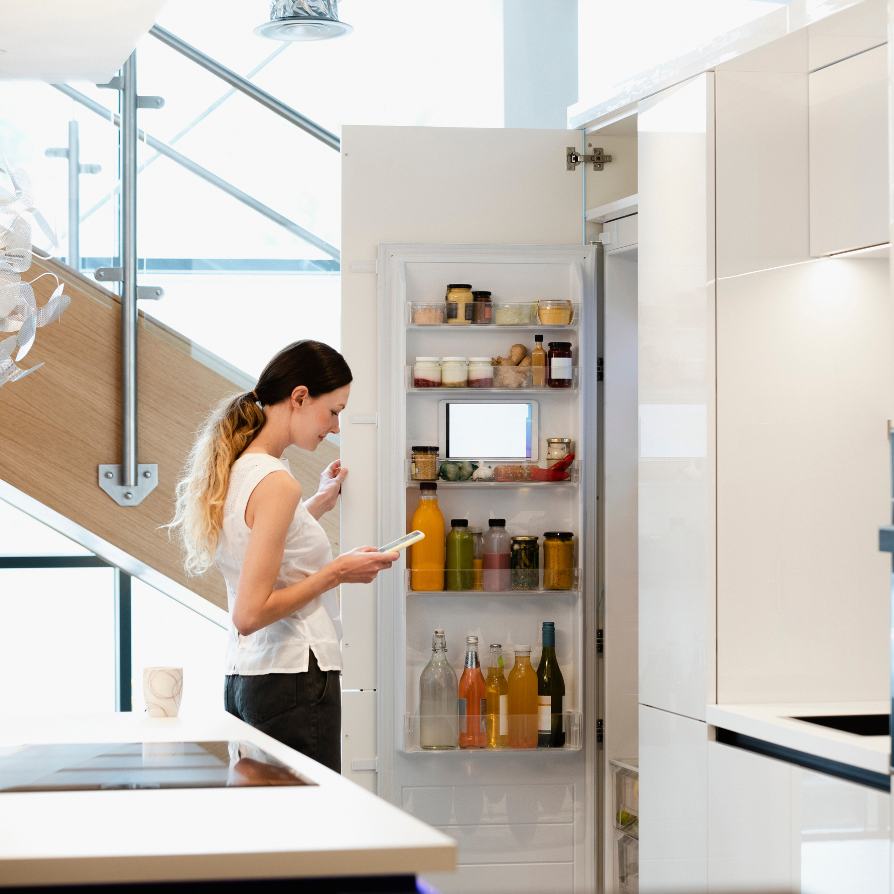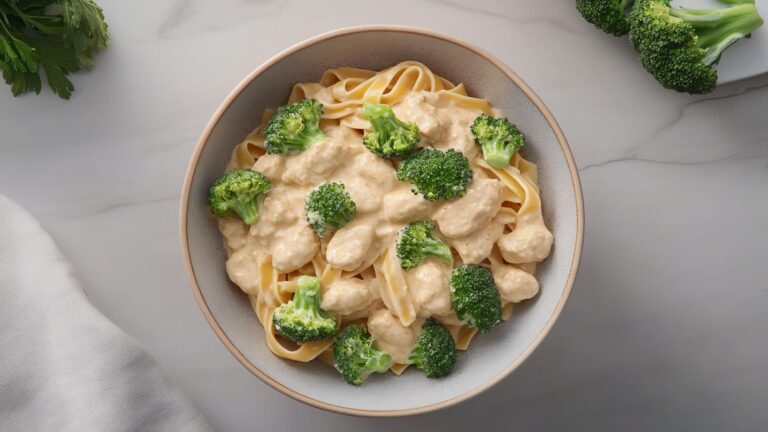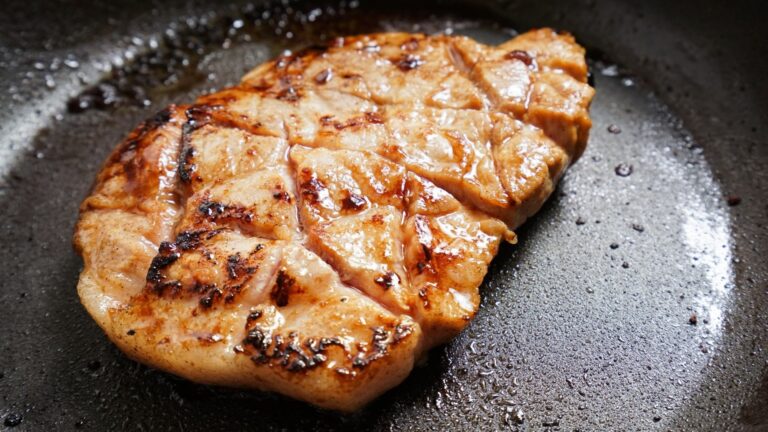Smart refrigerators have become the heart of modern kitchens. These advanced appliances do far more than keep your food fresh. They can send alerts about expired groceries and help you manage your weekly meal plans.
However, all these amazing features require a stable internet connection to function properly. You might wonder how to connect smart fridge to WiFi to unlock all these conveniences. The process involves several straightforward steps that anyone can follow.
Once connected, your refrigerator transforms from a simple cooling appliance into a smart kitchen assistant. This guide walks you through every step needed to establish that crucial connection.
Another Good Read: 14 Creative IoT Kitchen Automation Ideas
Why Connect Your Smart Fridge to WiFi?
The benefits of smart fridge WiFi connection extend far beyond basic refrigeration. Remote temperature monitoring becomes possible when your appliance connects to the internet. You can adjust cooling settings from your office or check if you forgot to close the door while at the grocery store.
Software updates arrive automatically through your WiFi network. These updates often include new features and security patches that keep your appliance running smoothly. Energy efficiency tracking also becomes available once you establish an internet connection.
Your smart fridge can send notifications directly to your phone about maintenance needs or temperature fluctuations. Some models even suggest recipes based on the ingredients they detect inside. Smart home integration works seamlessly when your refrigerator connects to the same network as your other devices. Voice commands through Alexa or Google Assistant become possible with proper WiFi setup.
Things You Need Before Connecting
- WiFi setup for smart appliances requires some preparation before you start. Your home network needs to be stable and provide adequate signal strength near your kitchen area. Weak signals cause connection problems and frequent disconnections.
- Download the manufacturer’s mobile app on your smartphone or tablet before beginning the setup process. Samsung refrigerators use the SmartThings app while LG models require the ThinQ application. GE appliances work with the SmartHQ app and Whirlpool uses their dedicated mobile platform.
- Make sure your smart refrigerator is plugged in and powered on completely. The initial startup process can take several minutes after first power-on. Your WiFi password should be readily available since you will need to enter it during the connection process. Write down the exact network name and password to avoid typos during setup.
Step-by-Step Guide: How to Connect Smart Fridge to WiFi
Access the Control Panel
Most smart refrigerators feature touchscreen displays or digital control panels. Locate the settings menu on your refrigerator’s display screen. The exact location varies by manufacturer but typically appears as a gear icon or “Settings” button.
Navigate to the network or WiFi settings option within the main menu. Some models label this section as “Network Setup” or “Internet Connection.” Touch the WiFi option to begin scanning for available networks in your area.
Select Your WiFi Network
Your refrigerator will display a list of available wireless networks within range. Scroll through the list to find your home network name. Networks with stronger signals appear at the top of the list while weaker ones show at the bottom.
Select your home network by touching its name on the display screen. The system will prompt you to enter your WiFi password. Use the on-screen keyboard to type your password carefully. Double-check each character since passwords are case-sensitive and must match exactly.
Pair With Mobile App
Open the manufacturer’s mobile app on your smartphone while your refrigerator attempts to connect. The app should detect your new appliance automatically if both devices are on the same network. Some models require you to scan a QR code displayed on the refrigerator screen.
Create an account with the manufacturer if you do not already have one. This account allows you to access remote features and receive notifications. Follow the app’s prompts to complete the pairing process between your phone and refrigerator.
Confirm the Connection
Your smart fridge WiFi setup guide should conclude with a successful connection message on both the refrigerator display and mobile app. Test the connection by checking for software updates through the app. Most refrigerators show a WiFi symbol or network status indicator when properly connected.
Try adjusting the temperature settings through your mobile app to verify remote control functionality. The changes should reflect on your refrigerator’s display within a few seconds. Successful communication between app and appliance confirms your WiFi connection works correctly.
Troubleshooting Common WiFi Issues
- Weak signal strength causes the most frequent connection problems with smart appliances. Move your wireless router closer to the kitchen area or install a WiFi extender to boost signal strength. Walls and metal appliances can interfere with wireless signals.
- Reset your refrigerator’s network settings if the initial connection attempt fails. Look for a “Reset Network” option in the WiFi settings menu. This process clears previous connection attempts and allows you to start fresh.
- Restart your wireless router by unplugging it for thirty seconds then plugging it back in. Router reboots often resolve temporary connectivity issues that prevent new devices from joining the network. Wait for your router to fully restart before attempting to connect your refrigerator again.
- Check if your network uses special characters in the password that your refrigerator cannot process. Some appliances have difficulty with certain symbols or extended password lengths. Try connecting to a guest network with a simpler password to test if this solves the issue.
- To fix smart fridge WiFi connection problems, ensure your router firmware is current and supports the latest security protocols. Older routers may not be compatible with newer smart appliances.
Conclusion
Learning how to connect smart fridge to WiFi opens up a world of convenience and efficiency in your kitchen. Remote monitoring capabilities give you peace of mind while energy tracking helps reduce utility costs. Smart features like grocery list management and recipe suggestions make meal planning much easier.
The connection process requires patience and attention to detail but the benefits make the effort worthwhile. A properly connected smart refrigerator becomes an invaluable kitchen companion that helps streamline your daily routines. Take time to explore all the features available through your mobile app once the WiFi connection is established successfully.






1 thought on “How to Connect Smart Fridge to WiFi”
Pingback: Productivity Hacks with AI Tools for Remote Workers - Intell Cook